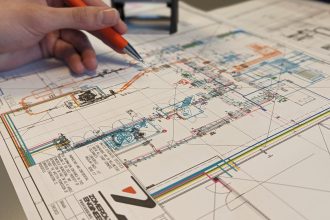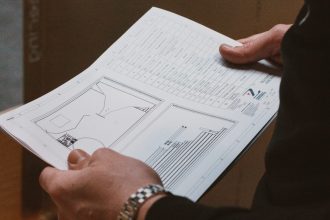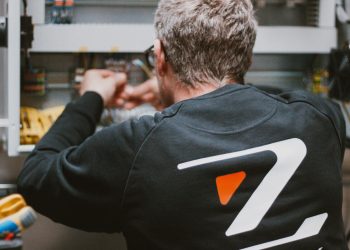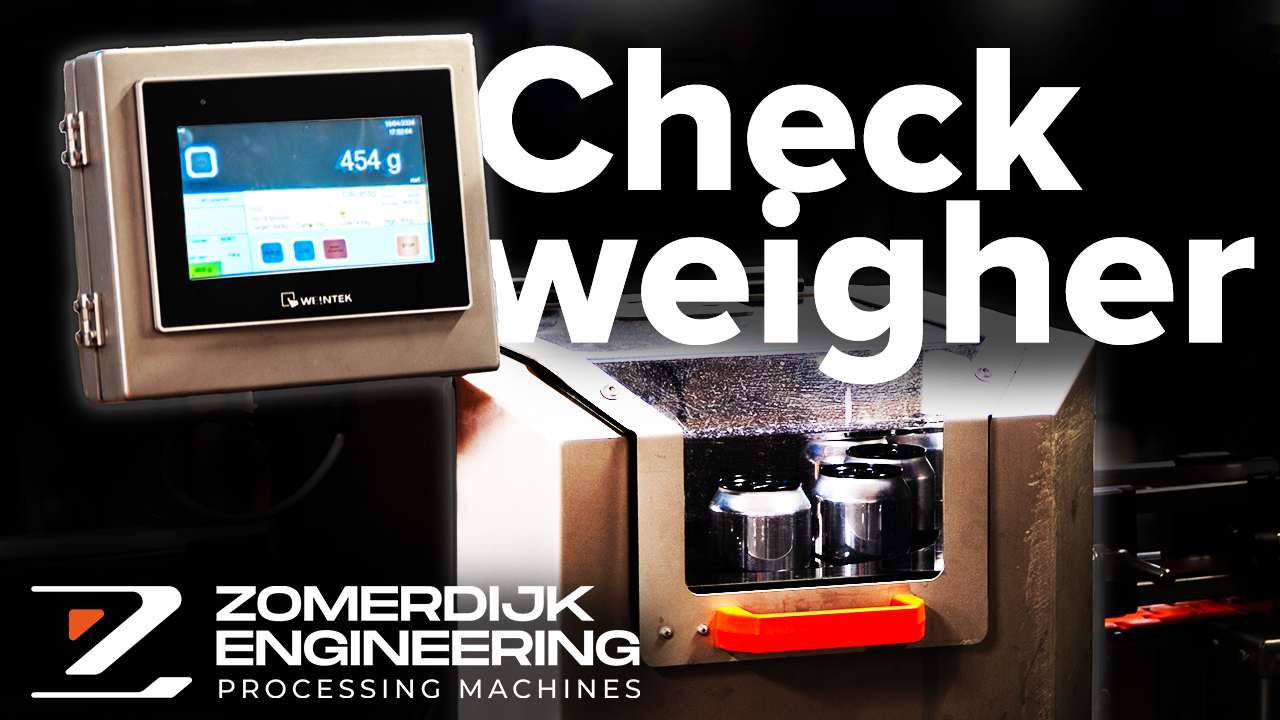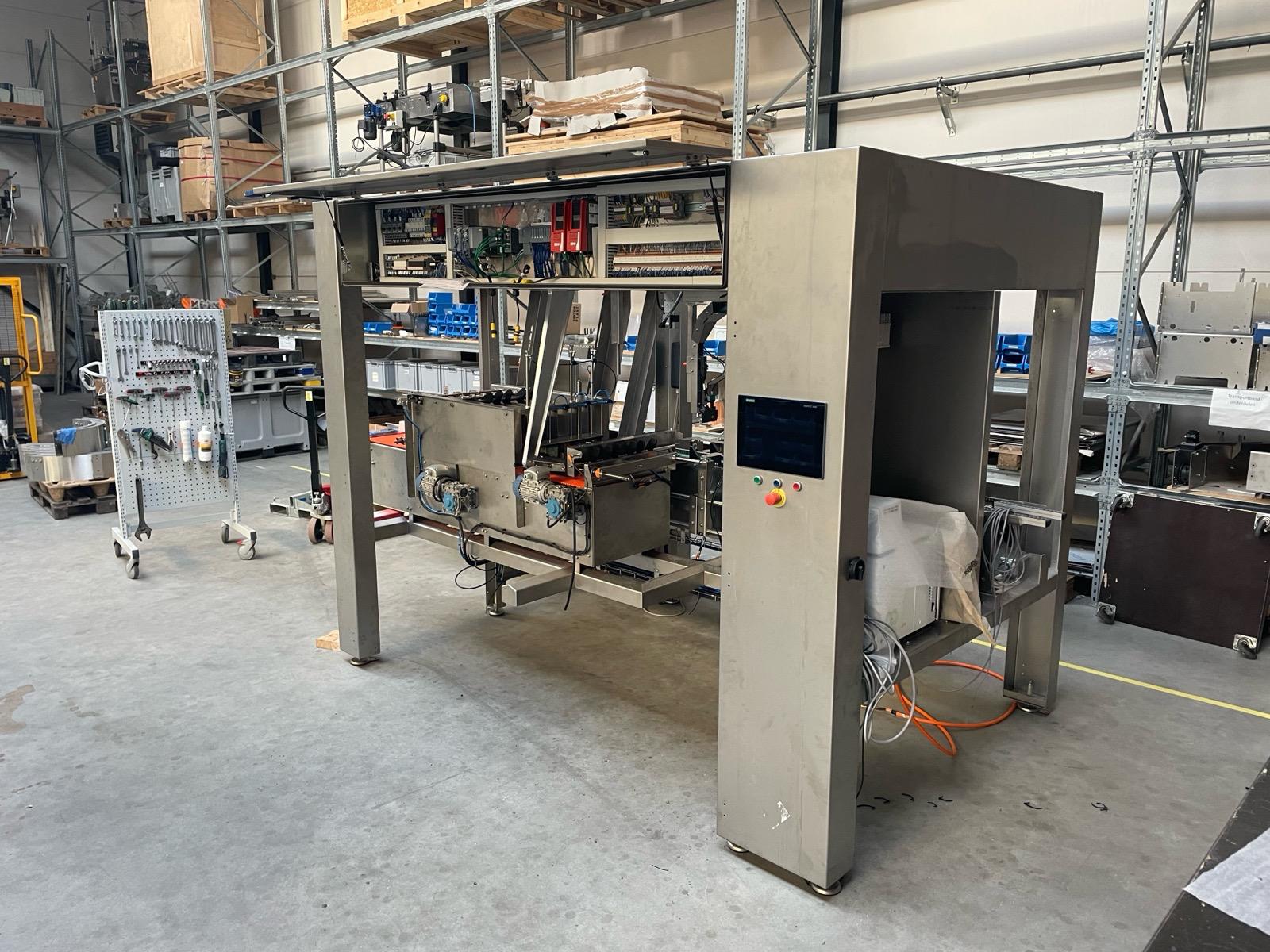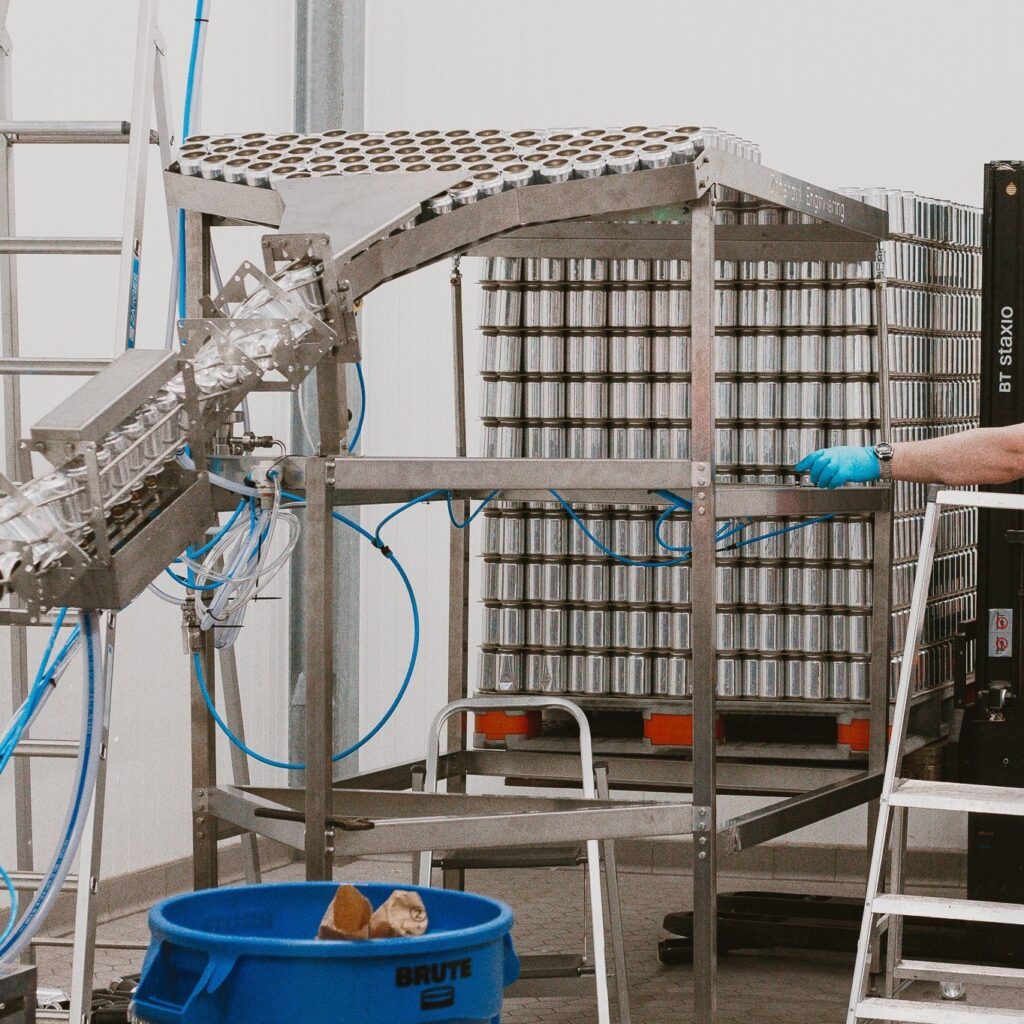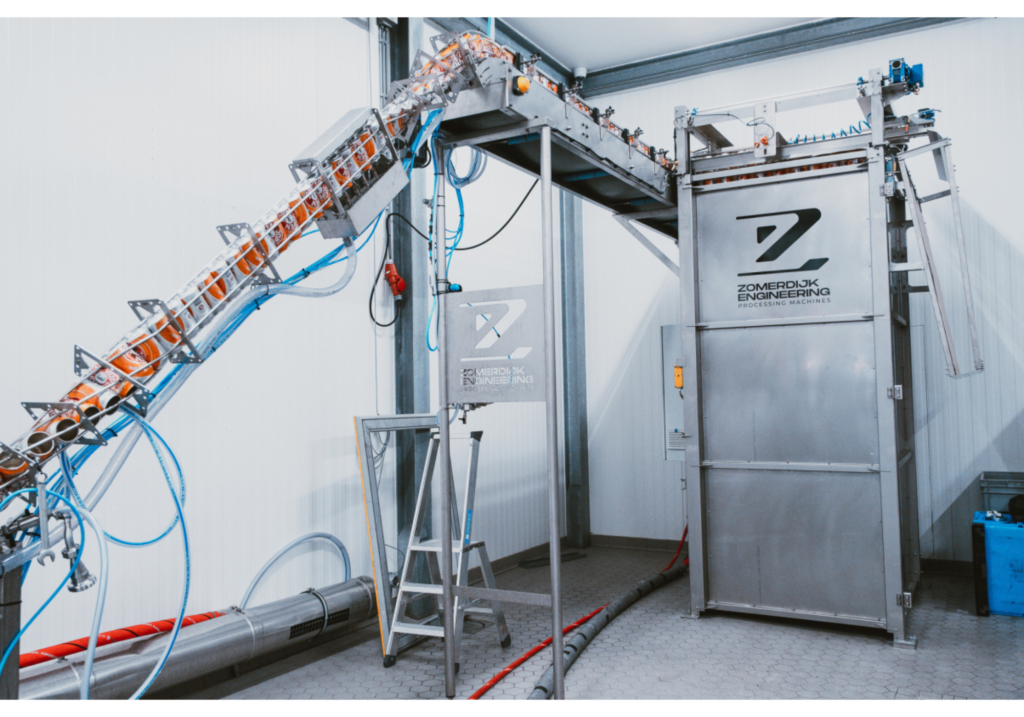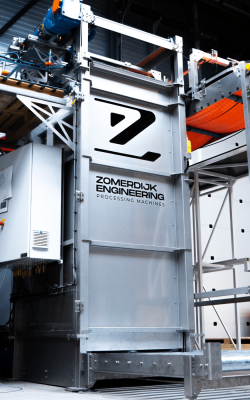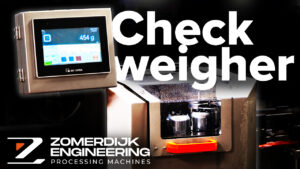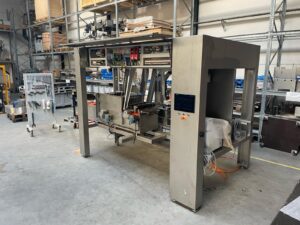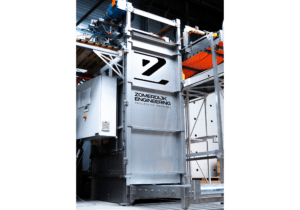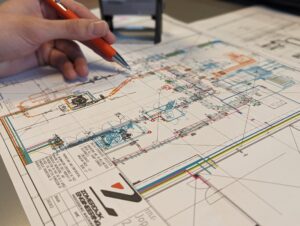When it comes to optimizing the efficiency and productivity of your filling line, selecting the right depalletizer is an important decision.
Menu
Sluiten
- Our machines
Machines
Preparation
Conveyors
Process quality
- Services
- About
About Zomerdijk Engineering
→ - Blog
Blog
Update on the Automatic Case packer Start of the assembly After two years of engineering, we have started the assembly of the
- Contact
- Get a quote
Sluiten
- Our machines
Machines
Preparation
Conveyors
Process quality
- Services
- About
About Zomerdijk Engineering
→ - Blog
Blog
When it comes to optimizing the efficiency and productivity of your filling line, selecting the right depalletizer is an important decision.
Update on the Automatic Case packer Start of the assembly After two years of engineering, we have started the assembly of the
- Contact
- Get a quote

